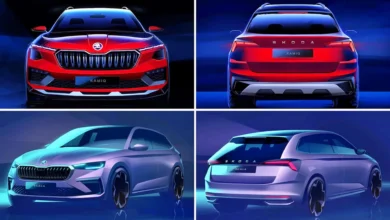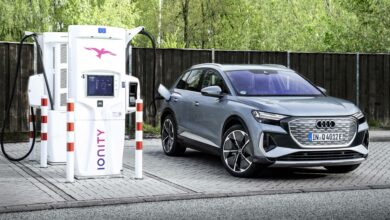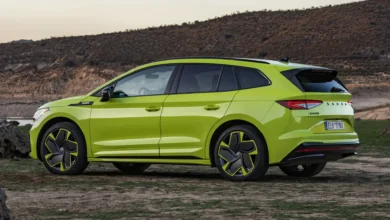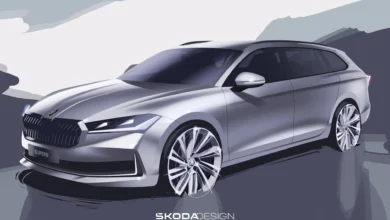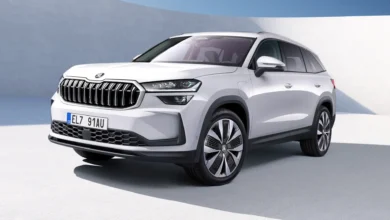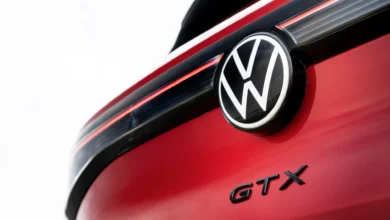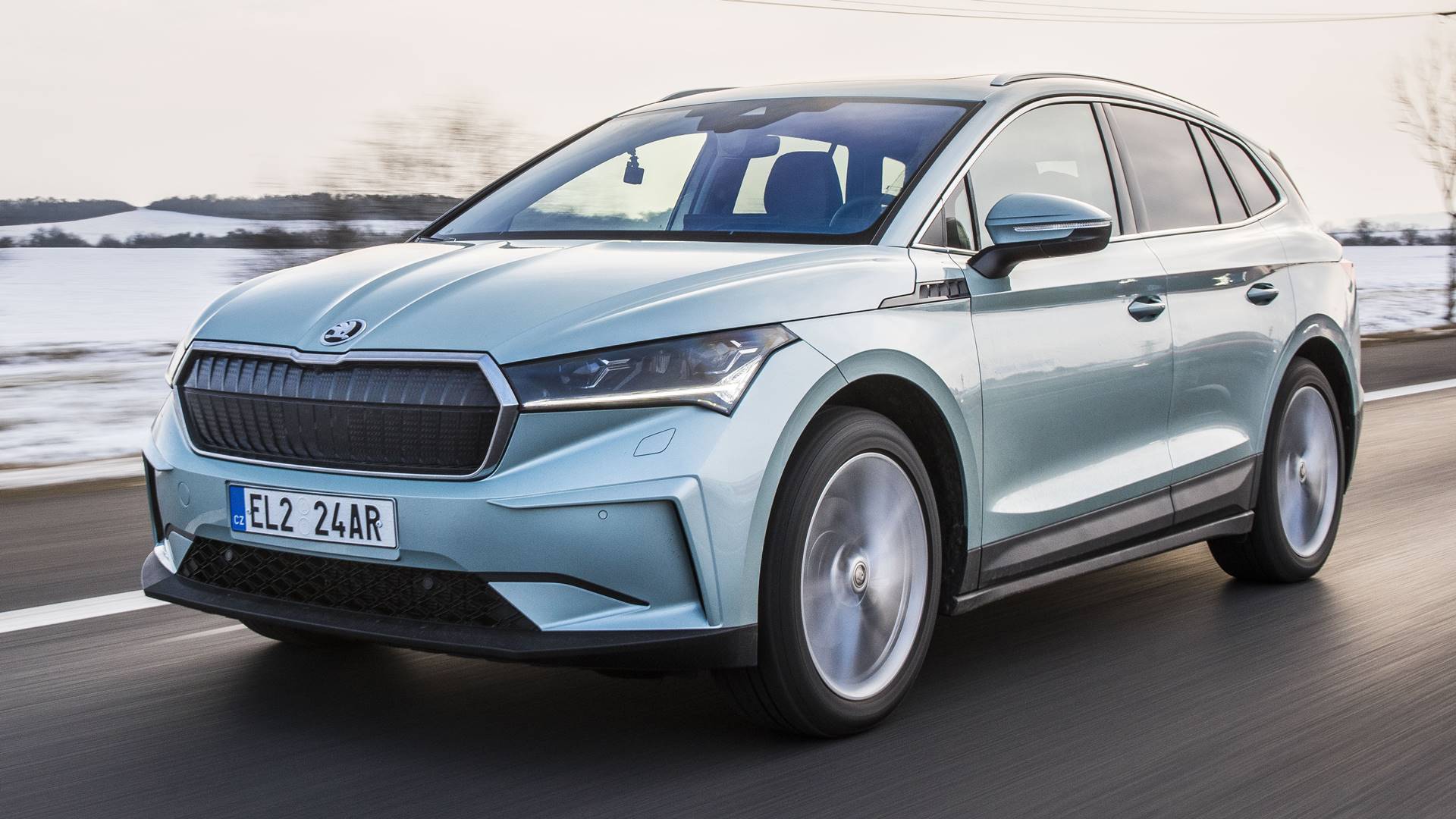
Currently, there are not many electric cars approved in Spain as taxis. Until now, the list was reduced to Citroën ë-C4, Hyundai IONIQ, KIA e-Niro, Nissan e-NV200, Nissan LEAF, Tesla Model 3, and Tesla Model S. However, now one more model has been added to this group: the new Skoda Enyaq iV.
Although the Enyaq iV has been approved by the manufacturer itself, giving it validity at a national level, some of the aforementioned models have only been registered in certain autonomous communities. On the other hand, we must not lose sight of the fact that this homologation is only for the pre-installation of the taximeter, because later each city council decides which models it authorizes as taxis in its municipality (for example, in Madrid at the moment only Hyundai IONIQ, Nissan LEAF, Nissan e-NV200 and Tesla Model 3).
To convert a car into a taxi, you must hire an engineer to carry out and document the reform and a company that certifies it; however, if the homologation is already collected in the Spanish Metrology Center (such as the aforementioned vehicles), you only have to install the taximeter (which is not mandatory in municipalities with less than 5,000 inhabitants) following the instructions on its website.
Although it is possible to homologate models that are not included in the CEM, said reform is individual and cannot be applied to other units; In addition, it is a longer and more expensive process than if you simply opt for a model in which the installation of the taximeter is already approved (either in a specific autonomous community or at a national level).
How is the Skoda Enyaq iV?
The Skoda Enyaq iV is a medium SUV (segment D) 4.65 meters long; therefore, it is 4 centimeters shorter than an Octavia, which for years was the most popular taxi in the country. It is approved for five passengers and has a 585-liter boot, a figure again very similar to that of the Octavia (600 liters).
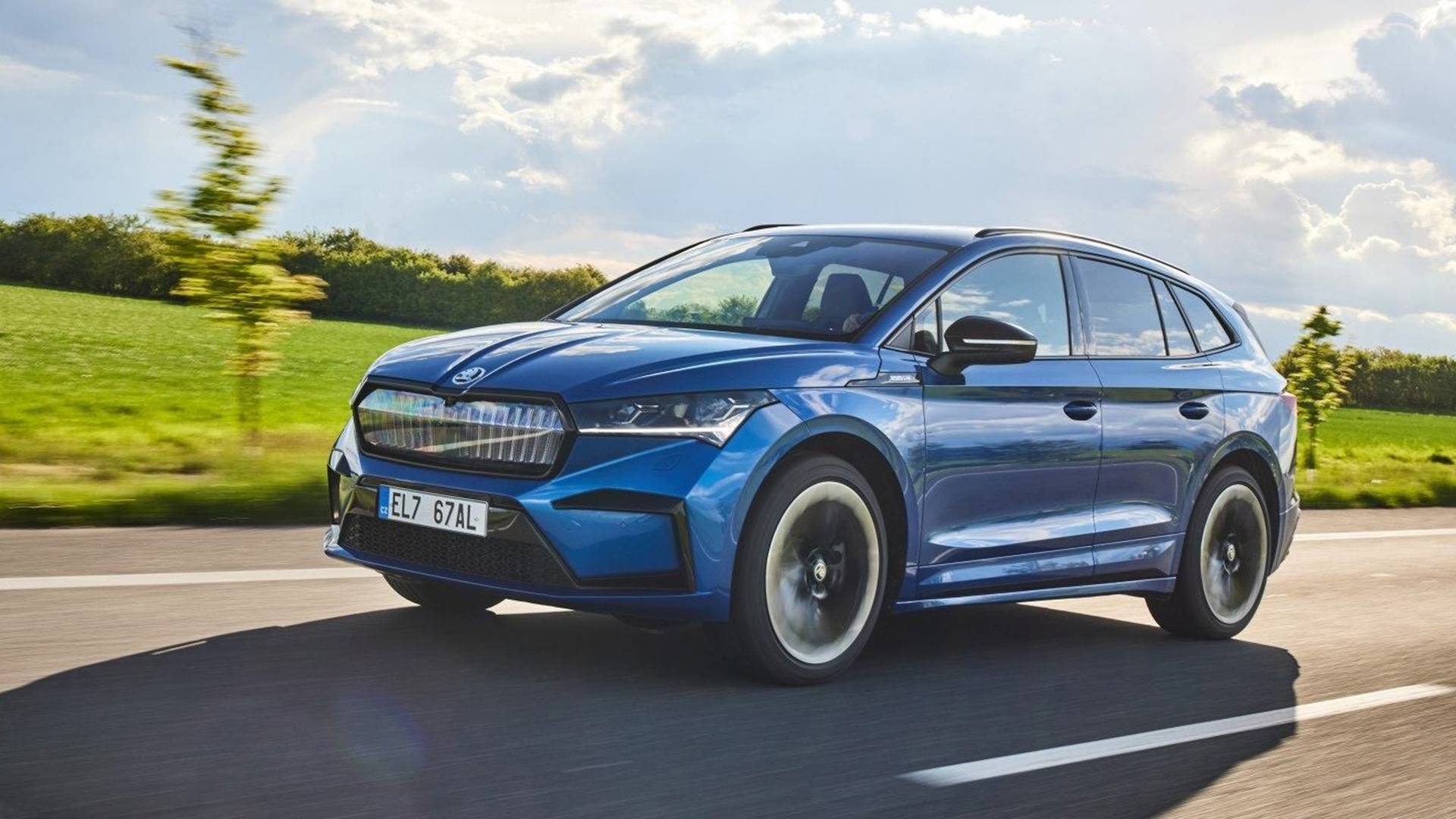
The Enyaq iV is available in three versions: 60, 80, and 80X. The first has a 180 hp (132 kW) and 310 Nm electric motor, thanks to which it can do 0 to 100 km/h in 8.8 seconds and reach a top speed of 160 km/h. Its 58 kWh batteries allow it to announce a maximum autonomy of 405 km WLTP, and it can charge a maximum of 100 kW in direct current (80% in 35 minutes).
The 80 and 80X share their 77 kWh pack, differing in their powertrain. The 80 is, like the 60, rear-wheel drive. With a power of 204 hp (150 kW) and a torque of 310 Nm, it completes the 0 to 100 km/h in 8.7 seconds, while its autonomy reaches 529 km WLTP. The 80X has an all-wheel drive, announces 265 hp (195 kW) and 425 Nm, and is capable of lowering the time to 6.9 seconds. The autonomy, however, remains at 510 km WLTP. The 77 kWh models can charge at 125 kW (80% in 38 minutes).
Thanks to Dani for the warning and for all the information that he has provided us for the realization of this news
